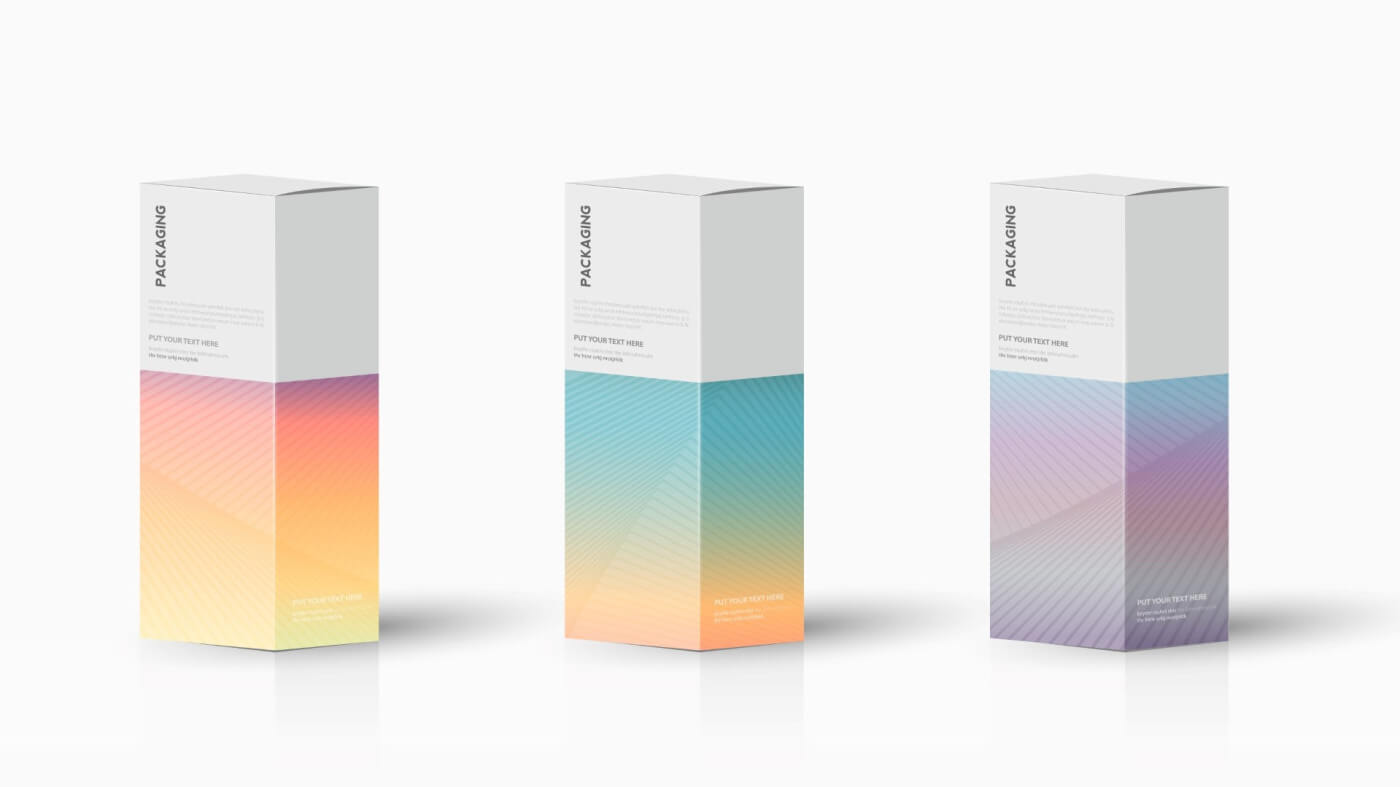When running a business in the food, beverage, or cosmetic industry, it is crucial to adhere to the legal requirements for custom labels. In this guide, we will discuss the essential elements to consider for label compliance across these industries.
Understanding the Importance of Label Compliance
Ensuring your custom labels meet the necessary legal requirements is vital for several reasons:
- Protecting consumer safety
- Avoiding legal penalties and fines
- Building consumer trust and credibility
- Facilitating the smooth flow of products in the market
As a responsible business owner, it is important to understand and adhere to these regulations.
Food and Beverage Labeling Requirements
FDA Regulations
The Food and Drug Administration (FDA) oversees food and beverage labeling requirements in the United States. Key elements of FDA-compliant food and beverage labels include:
1. Statement of Identity
This is the common or usual name of the product, which should be prominently displayed on the front panel of the packaging.
2. Net Quantity of Contents
The net weight, volume, or numerical count of the product must be clearly mentioned on the label.
3. Ingredient List
All ingredients must be listed in descending order of predominance by weight. The list should include additives, preservatives, and allergens.
4. Nutrition Facts Panel
The Nutrition Facts Panel displays the serving size, servings per container, calories, and nutrient content of the product. This panel should follow the standardized format established by the FDA.
5. Name and Address of the Manufacturer, Packer, or Distributor
The label must include the name and address of the company responsible for the product, including the street address, city, state, and ZIP code.
Allergen Labeling
The Food Allergen Labeling and Consumer Protection Act (FALCPA) requires that the presence of any of the eight major food allergens (milk, eggs, fish, shellfish, tree nuts, peanuts, wheat, and soybeans) be clearly identified on the label.
Cosmetic Labeling Requirements
FDA Regulations
The FDA also regulates cosmetic labeling requirements in the United States. Essential components of FDA-compliant cosmetic labels include:
1. Statement of Identity
Similar to food and beverage labels, cosmetic labels must prominently display the common or usual name of the product on the front panel.
2. Net Quantity of Contents
The net weight, volume, or numerical count of the product must be clearly mentioned on the label.
3. Ingredient List
Ingredients must be listed in descending order of predominance. The list should include all components, including color additives, fragrances, and botanicals.
4. Name and Address of the Manufacturer, Packer, or Distributor
The label must include the name and address of the company responsible for the product, including the street address, city, state, and ZIP code.
Voluntary Cosmetic Registration Program (VCRP)
The Voluntary Cosmetic Registration Program (VCRP) is an FDA initiative that encourages cosmetic manufacturers, packers, and distributors to register their products and provide ingredient statements. Although participation is voluntary, it demonstrates a commitment to transparency and consumer safety.
Additional Labeling Considerations
State Regulations
In addition to federal guidelines, some states may have specific labeling requirements. Be sure to research and adhere to any state-specific regulations applicable to your products.
Country of Origin
If your product is imported or contains imported ingredients, you may be required to disclose the country of origin on the label.
Organic and Non-GMO Claims
If your product is organic or non-GMO, you may choose to display the appropriate certification logos on your label. Ensure that your product meets the certification criteria set forth by organizations like the USDA National Organic Program or the Non-GMO Project.
Language Requirements
Depending on the target market, it may be necessary to include bilingual or multilingual labels to cater to a diverse consumer base.
Tips for Creating Compliant Custom Labels
- Consult Experts: Seek advice from professionals specializing in label compliance to ensure your labels meet all legal requirements.
- Stay Updated: Regularly monitor regulatory updates from agencies like the FDA to ensure your labels remain compliant with any changes in guidelines.
- Quality Printing: Choose a reputable label printer to guarantee that your custom labels are of high quality and accurately display the required information.
- Proofread: Before printing, double-check your labels for accuracy, completeness, and consistency to avoid errors and potential penalties.
In conclusion, understanding and adhering to the legal requirements for custom labeling in the food, beverage, and cosmetic industries is essential for maintaining consumer trust and avoiding legal complications. By staying informed, seeking expert advice, and following best practices, you can ensure your business remains compliant and successful in the market.








